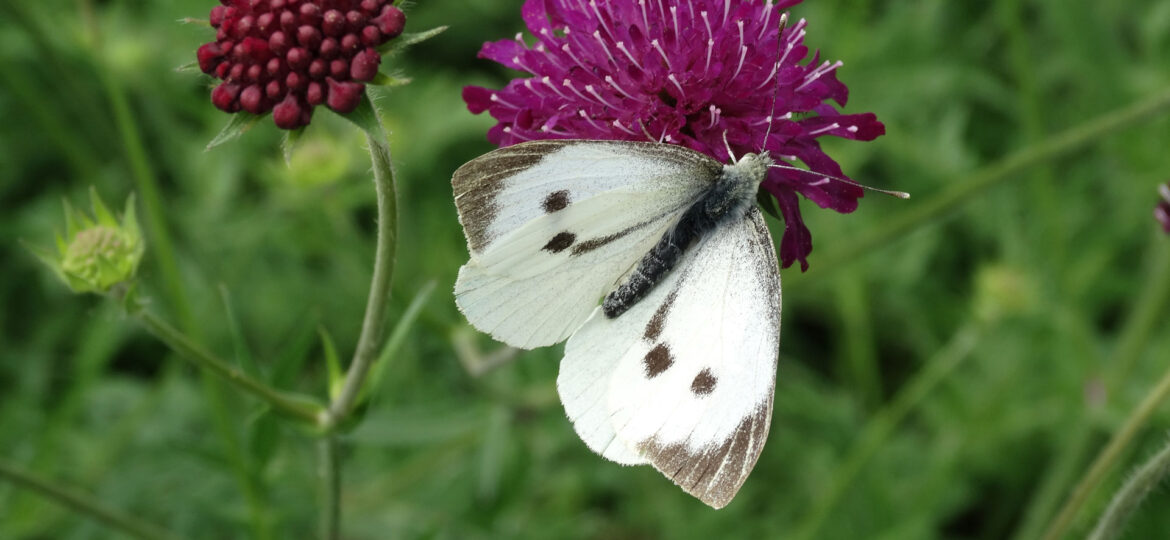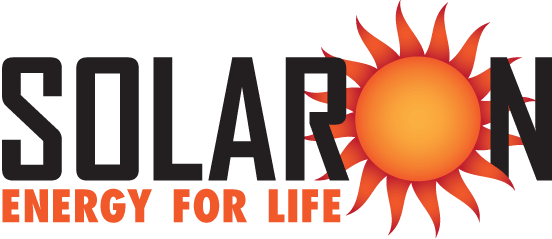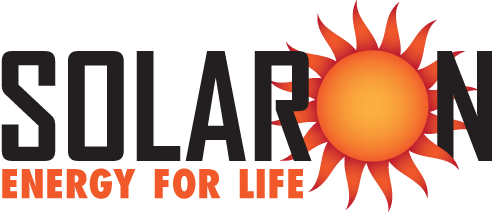
In recent years, scientists have observed nature in a way that could eventually bring significant improvements to how solar panels produce electricity from sunlight. The surprising natural source for these ideas were two different types of butterflies. Let’s take a look at what scientists have learned from the Cabbage White butterfly and the Rose butterfly.
The Cabbage White Butterfly
The Cabbage White butterfly (Pieris rapae) is a common species typically found all over Europe and Asia, though it has been found in North America, Australia and New Zealand. They are medium-sized butterflies that live about 3 weeks as an adult. They have creamy white wings with a single black spot near the middle of the wing.
Being cold-blooded, butterflies need the sun to heat up their wing muscles before they can take flight. Even on cloudy days, the Cabbage White butterfly takes off before any other species. Scientists have discovered that the Cabbage White butterfly places its wings in a 17-degree tilt, what is also referred to as V-shaped posturing or reflective basking. This posture boosts the temperature of the butterfly’s wings up to 45 degrees Fahrenheit (7.3 Centigrade).
Researchers tried this configuration when placing photovoltaic cells within solar panels. Unsurprisingly, they were able to boost power production a significant amount! The new configuration also provided an improvement in power-to-weight ratios, making the design lighter and more economical.
The Common Rose Butterfly
This insect (Pachliopta aristolochiae) is native to South and Southwest Asia. It has predominantly black wings with white stripes and several red spots. Microscopically, their wings are covered in tiny scales, and those scales are covered in randomly spaced holes. Those holes help to scatter sunlight at different angles, but still allow the butterfly to absorb heat.
Today’s solar panels only convert sunlight when it reaches them within a certain angular range. If the sun is too low, the light does not hit the cells in a useful way. Using the rose butterfly’s wing design as a pattern, scientists created a 3D model of the wing using hydrogenated amorphous silicon. The top layer of tiny holes scattered the sunlight so that it hit the silicon base below at many different spectral angles. Creating solar cells based on this design may allow formerly useless light to become useful, creating greater panel efficiency and energy production.
Don’t Fly Off Yet
Both of these discoveries are still being investigated and neither is ready for industrial scale production. Nevertheless, it shows how observing the little things around us and learning from them can often lead to great technological advances. It also shows that there are plenty of ways we can improve on photovoltaic production in the decades to come.
But what about the here and now? The best way you can benefit from photovoltaic technology is taking advantage of what is currently available. Solaron provides a free solar analysis of your home or business, finds the best programs and incentives for your circumstances, and installs only the best panels on the market: Maxeon solar panel systems provided by SunPower. We’re happy to tell you more. Please contact us via phone or use our online form to set up a free solar analysis.

